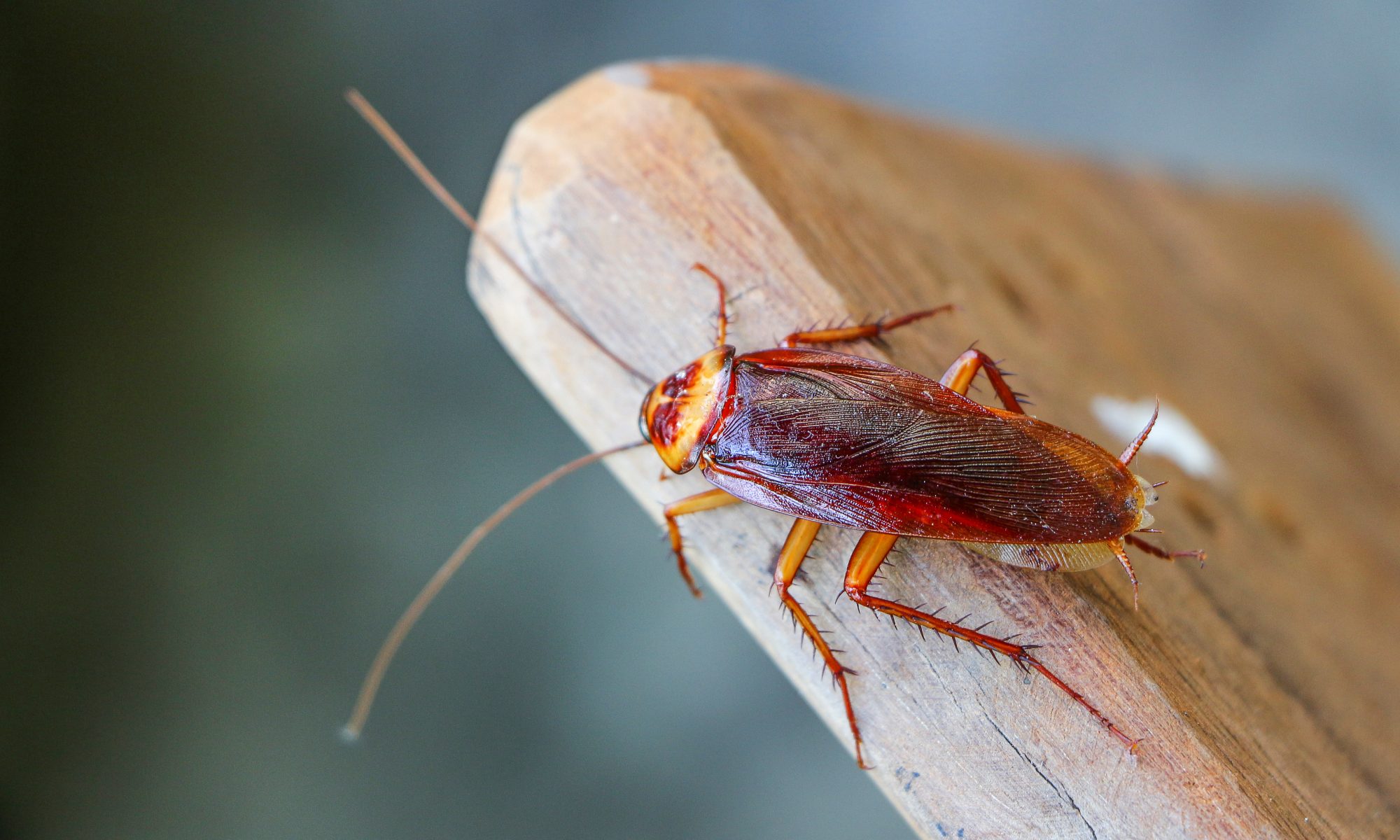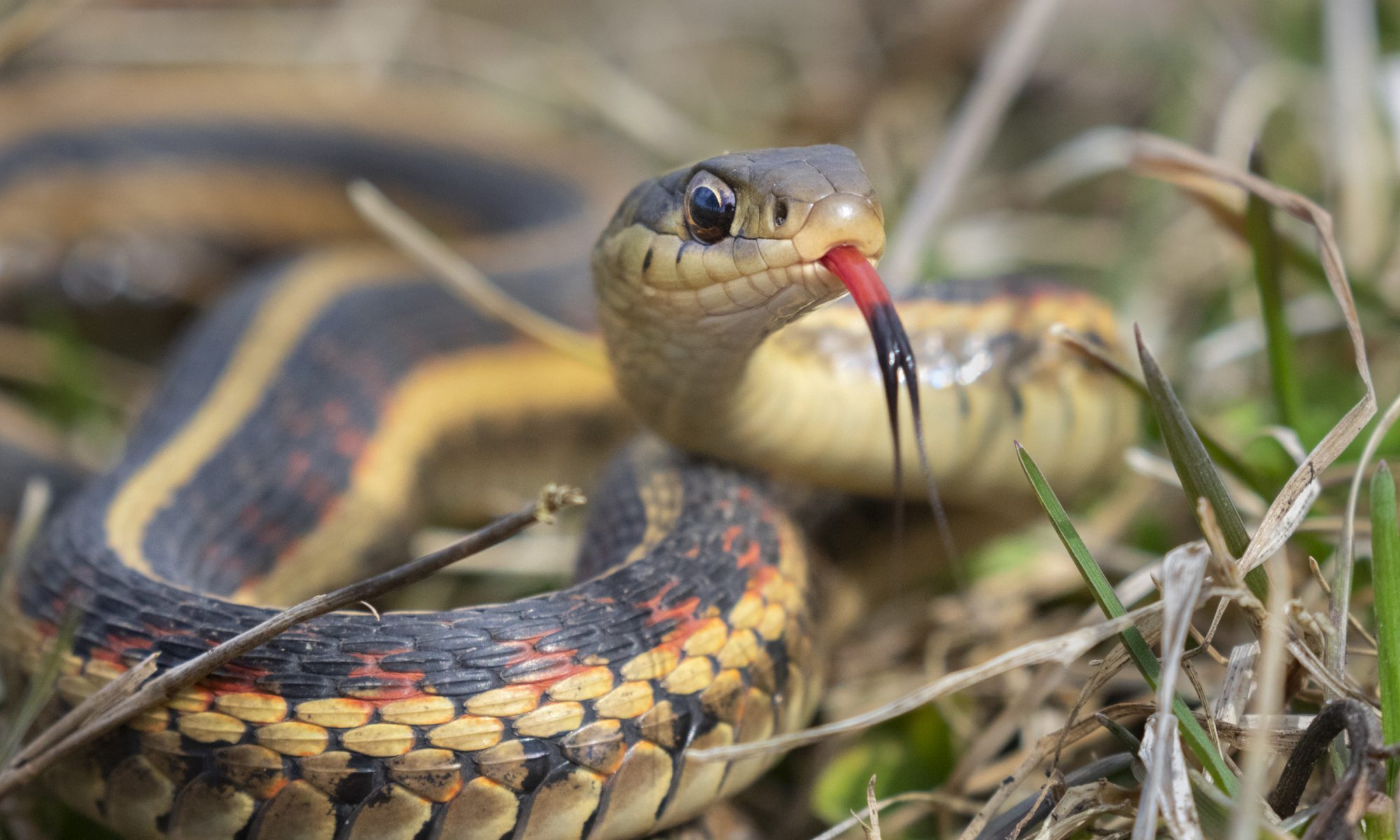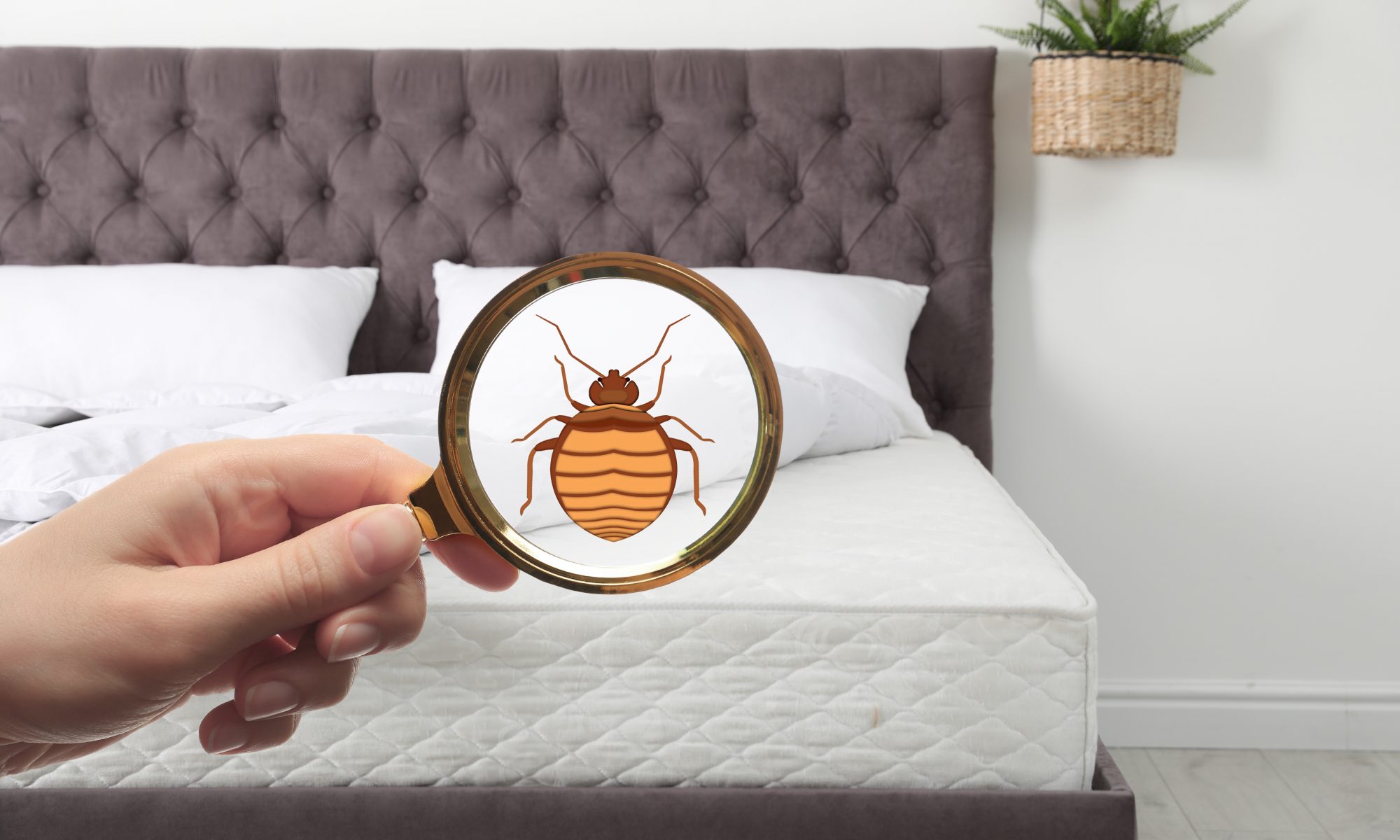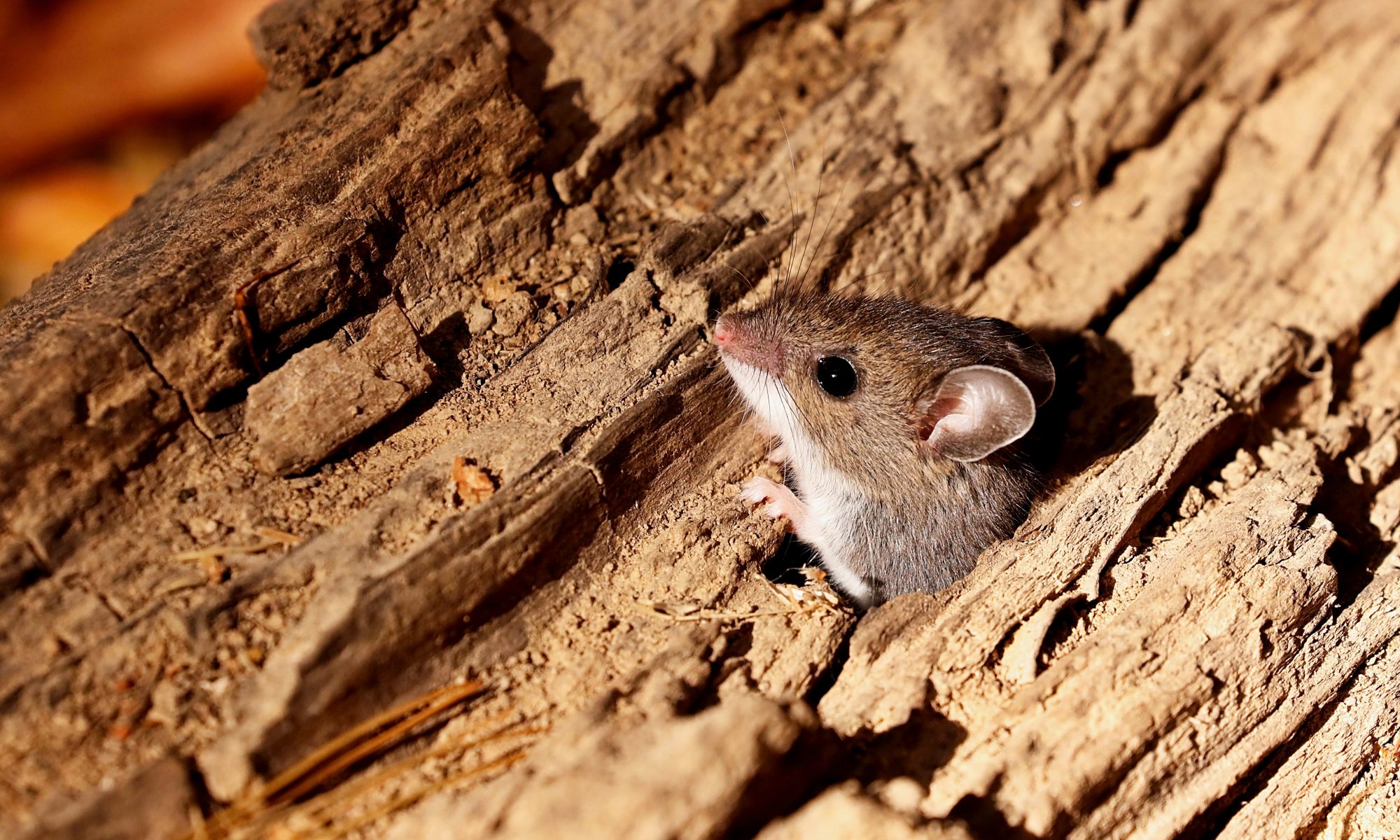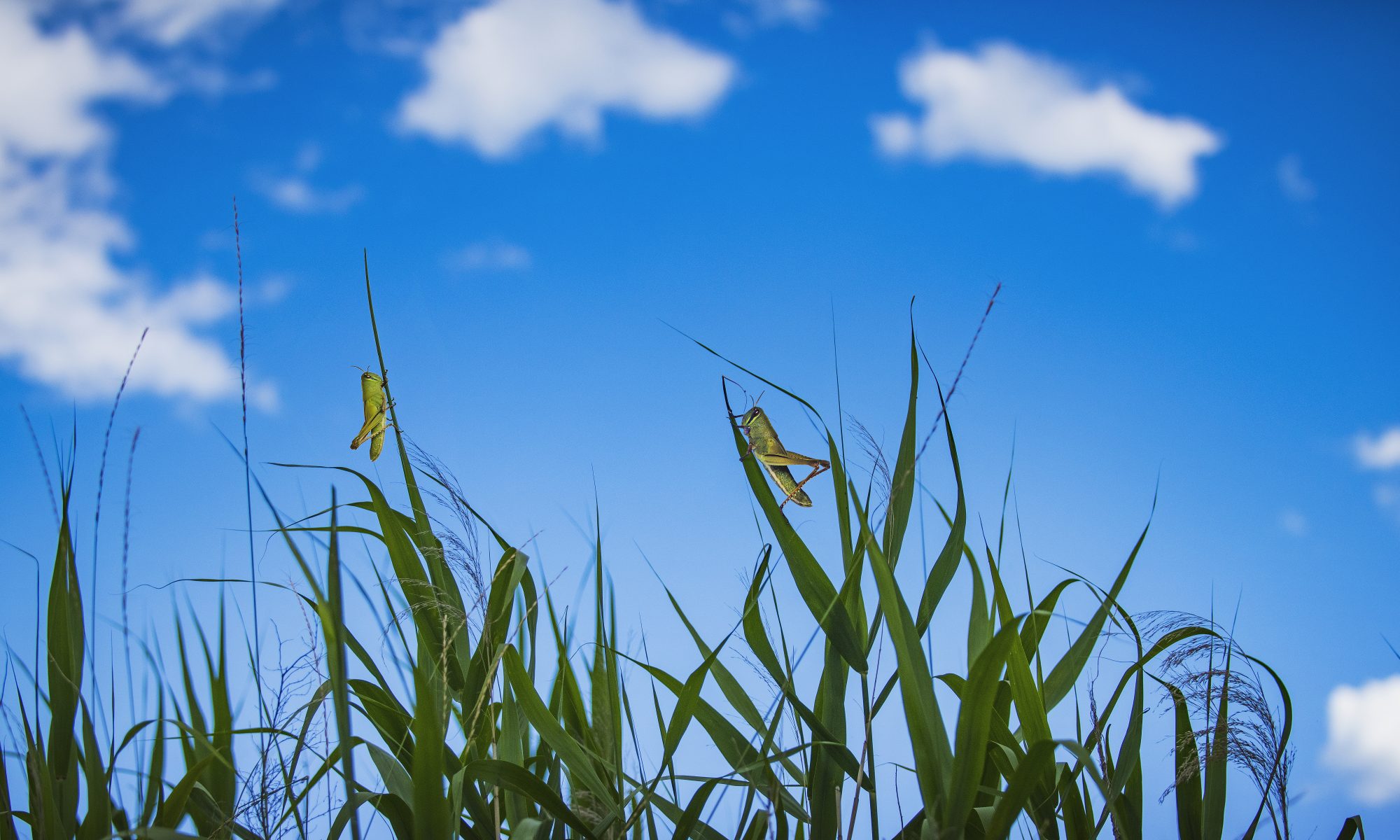
With apologies to Don Henley, forget about the boys of summer. When the temperatures go up and the days get longer, it’s all about summer bugs. Contact Environmental Pest Management if you find your home overrun with pests instead of barbecue guests during the hotter months.
More time outside in beautiful weather means you’re more likely to encounter creepy crawlers and irritating insects. If you want to spend time enjoying the summer weather without pests, contact Environmental Pest Management.
Let’s take a look at the summer bugs you’re most likely to encounter both outdoors and indoors. Some bugs are mere nuisances, while others require some caution.

Common Summer Bugs: Example #1
Mosquitoes
Mosquitoes may be among the least popular summer bugs. In the best-case scenario, mosquitoes are obnoxious pests who leave their victims with itchy welts they can’t ignore. In the worst-case scenario, mosquitoes carry illnesses that can make people very sick.
How to Prevent Them
Know the Time of Day
Fortunately, there are ways to protect yourself and your family from mosquito bites and limit the mosquitoes’ numbers.
First of all, know when mosquitoes are the most numerous. Sunrise and sunset tend to be these flying pests’ favorite time of day. Avoid going out during dusk and dawn if you know you have a tendency to be mosquito-nip.
Dress Appropriately
Cover your limbs when you are outside, especially if you’re some place where the bugs tend to congregate. Especially if you’re doing yard work or involved in an outdoor activity, make sure you wear long sleeves and pants.
Don’t Give Them a Place to Land
Ensure that you do not have mosquito breeding grounds in and around your house. Eliminate any standing water, which is where mosquitoes tend to lay their eggs. Any standing water, whether natural or artificial, has the potential to become a mosquito labor and delivery ward.
Use Bug Spray
Above all, the most effective way to protect yourself from mosquitoes is bug spray containing DEET. Of course, any bug spray is probably better than no bug spray, but DEET repellent is the most effective ingredient.

Common Summer Bugs: Example #2
Ticks
Like mosquitoes, ticks’ impact can range from mild nuisance to disease vector, and they tend to bite more in summer. Ticks carry various diseases, but perhaps the best-known one is Lyme Disease. The more you know about ticks, the better you are able to combat their negative effects.
Cover Up
Ticks are sneaky, so you don’t want to give them an opportunity, if at all possible. To prevent tick bites, wear close-toed shoes, long sleeves, and pants when outside.
Avoid Certain Places
Don’t spend a lot of time around wood piles or debris; where possible, eliminate them completely. Additionally, try to avoid densely-wooded areas and thick vegetation. Areas like these are ticks’ favorite hideaways.
Take Precautions
In the summer, bug spray is essential. To get the most bang for your buck when it comes to insect repellent, DEET must be an ingredient. Try to find a spray that contains at least 20 percent DEET.
If you spend a lot of time outside, or are especially concerned about ticks, don’t forget the importance of clothes. Ticks can get on your clothes. In the event that you find them on clothing, put them in the dryer or wash them with hot water.
Finally, when you get back from being outside, check yourself and your family for ticks. Ticks can be very small, so make sure you check everywhere on your person and that you check thoroughly. These bugs prefer warm, dark environments, so pay special attention to joints.

Common Summer Bugs: Example #3
Ants
Ants are probably the iconic summer bugs. Everyone is familiar with the stereotype of ants invading and ruining a picnic. Worse than ants appearing as unwelcome picnic guests: ants arriving as home intruders.
While many types of ants are harmless, they have the potential to damage homes. Some varieties of ants are able to bite and sting, however.
Tend to Your Plants
Don’t give the ants a chance. Make sure that you trim shrubs and branches outside of your house away from your home.
A Little Prevention Goes a Long Way
To prevent ants in your home, seal cracks and holes in your home that would allow ants entry. Furthermore, don’t provide these insects with bait. Pick up crumbs and clean up spills; don’t leave anything behind that might draw the ants’ attention.

Common Summer Bugs: Example #4
Shoo Flies
Flies are some more superstar summer bugs. Flies aren’t just bothersome; flies are gross. These flying insects may seem harmless, but they are in reality incredibly dirty creatures.
When you think about some of the less-savory places you’ve seen flies, you can see why they’re especially undesirable. You don’t want something that hangs out in those environments heading right for your hot dog.
Keep Your House Clean
As with avoiding ants, you can prevent pests like flies by picking up after yourself and your family. Avoid leaving out anything that might serve as bait to flies (and that’s a pretty wide spectrum).
Screen Time
Screens on doors and windows allow fresh air to circulate in your home without inviting in critters. In addition to installing screens in your home, try to keep entryways closed. Avoid repeated, frequent trips in and out of the house, which just create more opportunities for flies to get in.

Prevent Summer Bugs with Environmental Pest Management
Don’t sweat this summer any more than you have to when it comes to summer bugs. If you want to protect yourself, your family, and your home, contact Environmental Pest Management.
We have over three decades in the pest management business. Our commitment to environmentally safe products means you can feel good about choosing us for your pest management needs.
Environmental Pest Management’s dedication means we employ only master licensed technicians with years of personal experience. We value the communities we serve in a service area that spans counties throughout Minnesota and greater Burnsville.
Prevent unwanted and unsafe home infestations with Environmental Pest Management.

